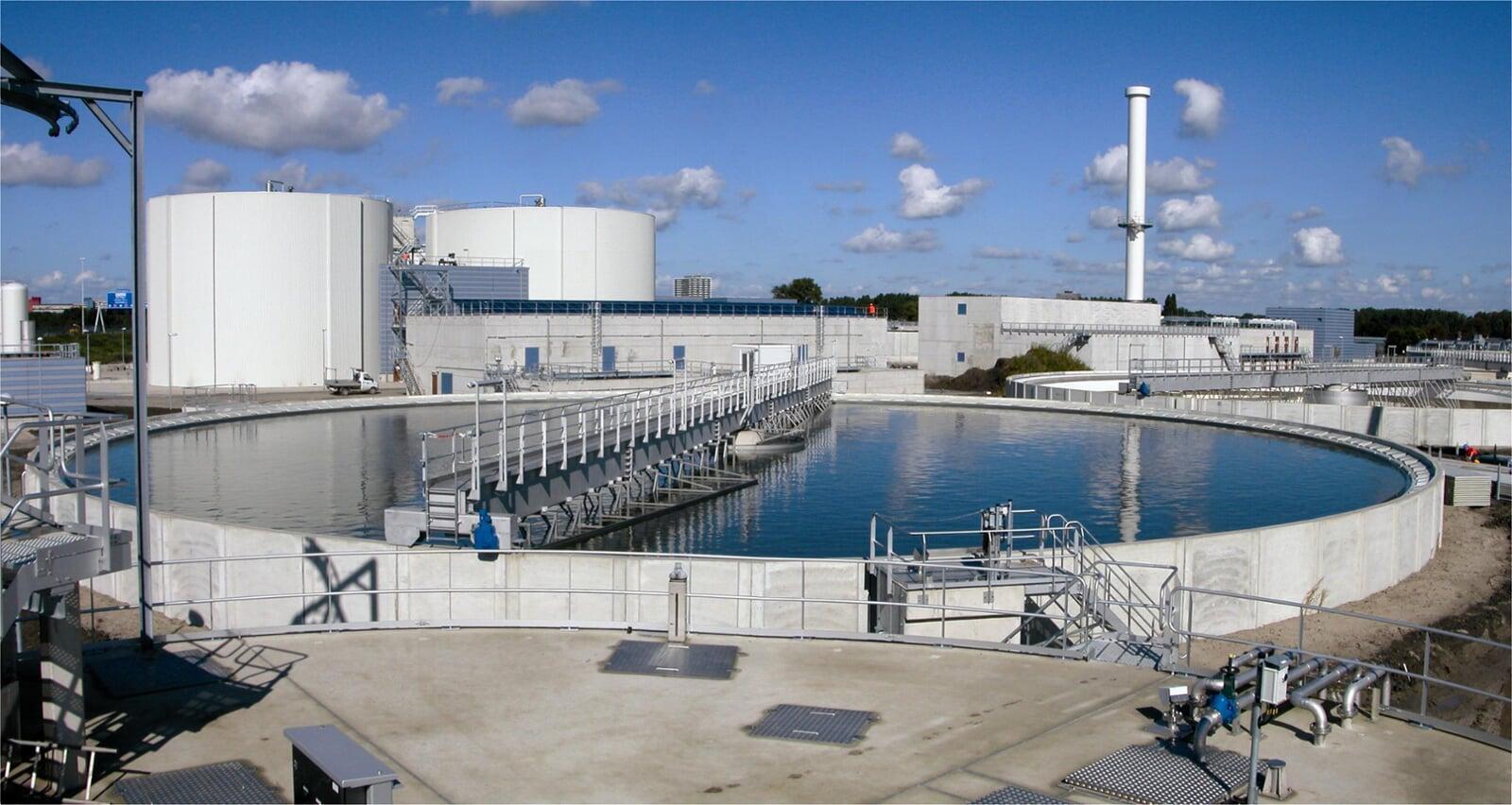With climate change, resource scarcity, and rising energy costs becoming critical global concerns, industries are under increasing pressure to reduce their environmental footprint. One of the most impactful areas for transformation is wastewater treatment—an energy-intensive process traditionally powered by fossil fuels. Today, forward-thinking companies are turning to energy-efficient and carbon-neutral wastewater treatment systems to drive sustainability, meet regulatory requirements, and lower operational costs.
Why Focus on Energy and Carbon in Wastewater Treatment?
Conventional wastewater treatment plants can consume up to 60% of total energy used in municipal and industrial water services. Additionally, processes like aeration and sludge management release significant amounts of greenhouse gases (GHGs), such as methane and nitrous oxide.
This makes wastewater treatment not just a water issue—but a climate and energy issue as well.
What Makes a Wastewater Treatment System Energy-Efficient?
An energy-efficient system is designed to minimize energy use while maintaining or enhancing treatment performance. This includes:
- High-Efficiency Aeration Systems: Modern diffusers and variable-speed blowers reduce energy usage in biological treatment stages.
- Energy Recovery Technologies: Capturing and utilizing biogas from anaerobic digesters can offset power needs.
- Smart Controls and Automation: Real-time monitoring and AI-driven controls ensure optimum performance with minimal waste.
- Low-Energy Membrane Technologies: New-generation membranes require less pressure and cleaning, reducing energy consumption.
Towards Carbon-Neutral Treatment
Carbon-neutral wastewater systems aim to eliminate or offset all emissions associated with treatment. Key strategies include:
- Biogas Utilization Anaerobic digestion of sludge produces methane, which can be captured and used for on-site power generation or upgraded to biomethane for grid injection—replacing fossil fuels.
- Solar and Renewable Integration Installing solar panels, wind turbines, or hydrokinetic systems to power treatment facilities helps achieve zero-emissions energy supply.

- Carbon Capture from Digesters Emerging technologies allow for CO₂ capture from biogas streams, which can then be reused in industrial applications or stored safely.
- Carbon Offsets & Green Infrastructure Investing in carbon offset projects or green infrastructure (like constructed wetlands and green roofs) adds natural carbon sinks to the treatment ecosystem.
Case Study Snapshot: A Greener Path
A leading beverage manufacturing plant in Asia transitioned to a carbon-neutral wastewater facility by:
- Switching to MBR (membrane bioreactor) technology with energy-efficient pumps
- Capturing and using biogas for heating operations
- Powering the plant with a rooftop solar installation
- Offsetting remaining emissions via reforestation partnerships
The result? Over 60% reduction in energy bills, net-zero emissions from wastewater operations, and enhanced brand reputation.
Benefits Beyond Compliance
- Operational Cost Savings Reduced energy usage and renewable generation lower long-term expenses.
- Regulatory Readiness Stay ahead of tightening environmental norms and carbon reporting requirements.
- Sustainability Credentials Enhance your ESG (Environmental, Social, Governance) score and attract responsible investors and partners.
- Process Optimization Smart, energy-efficient systems also improve treatment reliability and uptime.
Final Thoughts
As industries look to align with global climate goals and secure water resilience, energy-efficient and carbon-neutral wastewater treatment systems offer a powerful path forward. By integrating smart technologies, renewable energy, and circular approaches, businesses can turn a compliance-driven necessity into a strategic sustainability advantage.
The future of wastewater is not just about cleaner water—it’s about a cleaner planet.

